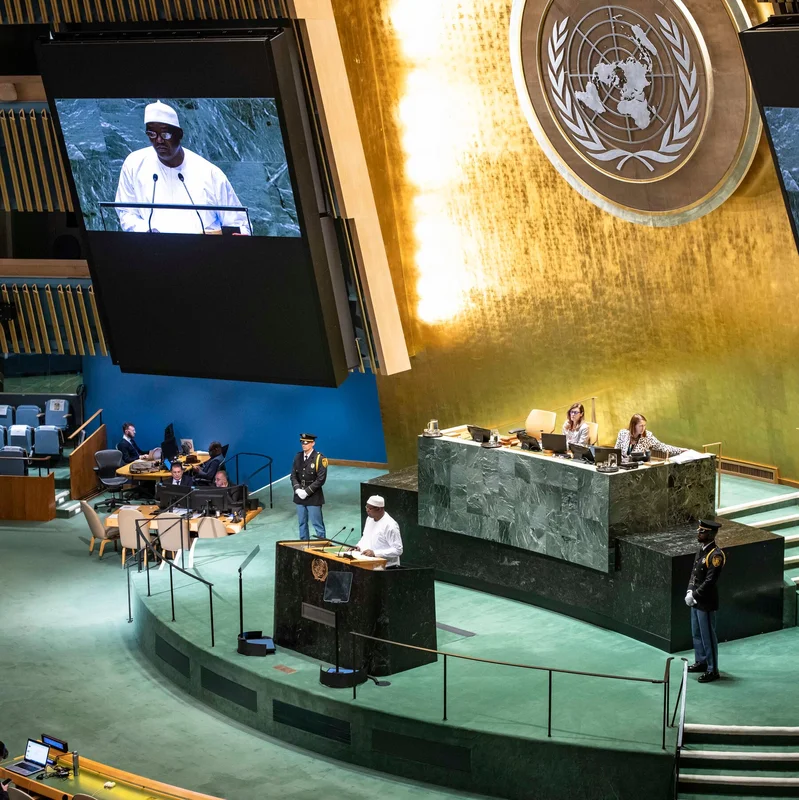Table of Contents
- Black Officials Fired Without Warning
- By the Numbers: A Stark Lack of Representation
- Why Representation in Government Matters
- Fired Leaders Fight Back in Court
- A Step Backward for Federal Diversity
- Sources
Black Officials Fired Without Warning
In August 2025, Robert E. Primus woke up to an email that changed everything: “Your position is terminated effective immediately.” As the first Black chairman of the Surface Transportation Board, he had expected to serve out his term—just as past appointees from both parties had done. Instead, he was ousted with no explanation, just a terse note from the White House.
Primus wasn’t alone. From the Librarian of Congress to top military brass, Black leaders across independent federal agencies have been abruptly removed from their posts in President Trump’s second term—often via late-night emails or impersonal texts.
Carla Hayden, the first Black and first female Librarian of Congress, received her firing notice in a casual text that read: “Thank you for your service.” General Charles Q. Brown Jr., the Air Force’s highest-ranking officer and only the second Black Joint Chiefs chairman in U.S. history, was replaced despite bipartisan support and no misconduct allegations.
By the Numbers: A Stark Lack of Representation
The pattern extends beyond firings. In the first 200 days of Trump’s 2025 administration, only 2 out of 98 Senate-confirmed senior appointees were Black—just 2% of leadership roles.
Compare that to previous administrations:
| President | Black Appointees (First 200 Days) |
|---|---|
| Biden (2021) | 21% |
| Obama (2009) | 13% |
| Bush (2001) | 8% |
| Trump (2025) | 2% |
Black Americans make up roughly 14% of the U.S. population—yet they’ve been nearly erased from the upper echelons of the current federal government.
Why Representation in Government Matters
“When we’re not in the room,” said Dedrick Asante-Muhammad of the Joint Center for Political and Economic Studies, “things don’t tend to go better for us.”
The absence of Black voices in policy-making has real-world consequences. Agencies like the National Labor Relations Board (NLRB) and the Federal Energy Regulatory Commission (FERC)—once led by Black appointees—now lack quorums or operate under all-white leadership, slowing decisions on worker protections, energy access, and civil rights enforcement.
Moreover, the federal government has historically been a critical pathway to the Black middle class. “What is happening right now is shameful,” said historian Frederick Gooding Jr., noting that federal employment was one of the first integrated sectors in America.
Fired Leaders Fight Back in Court
Many ousted officials aren’t going quietly. Gwynne Wilcox, the first Black woman on the NLRB, sued after being removed without cause. Lisa Cook, the first Black woman on the Federal Reserve Board, won a temporary Supreme Court reprieve blocking her ouster.
These cases test the limits of presidential power over independent agencies—bodies designed to function beyond partisan politics. “I didn’t get this job because of D.E.I.,” Wilcox said. “I got it because of my experience.”
A Step Backward for Federal Diversity
The Trump administration has systematically dismantled diversity, equity, and inclusion (DEI) initiatives across federal agencies. Within hours of taking office in January 2025, the president signed an executive order terminating all “discriminatory programs” in government hiring—a move widely interpreted as targeting racial equity efforts.
Agencies with high concentrations of Black and female workers—like the Department of Education and USAID—have faced the deepest cuts or outright elimination proposals.
As Cathy Albisa of Branch4 put it: “It is a resegregation of the workforce, and an attack on the Black middle class.”
Sources
Trump Fires Black Officials From an Overwhelmingly White Administration – The New York Times




